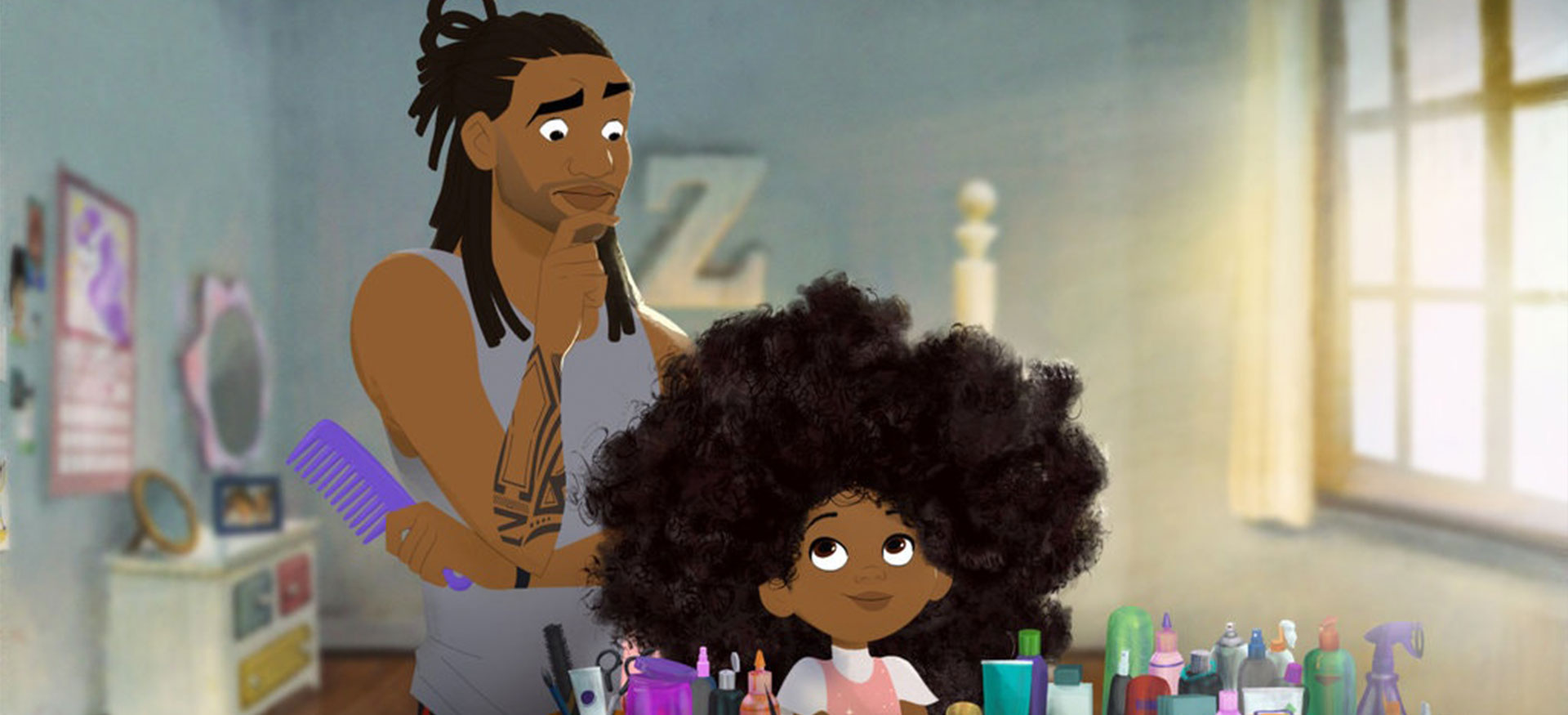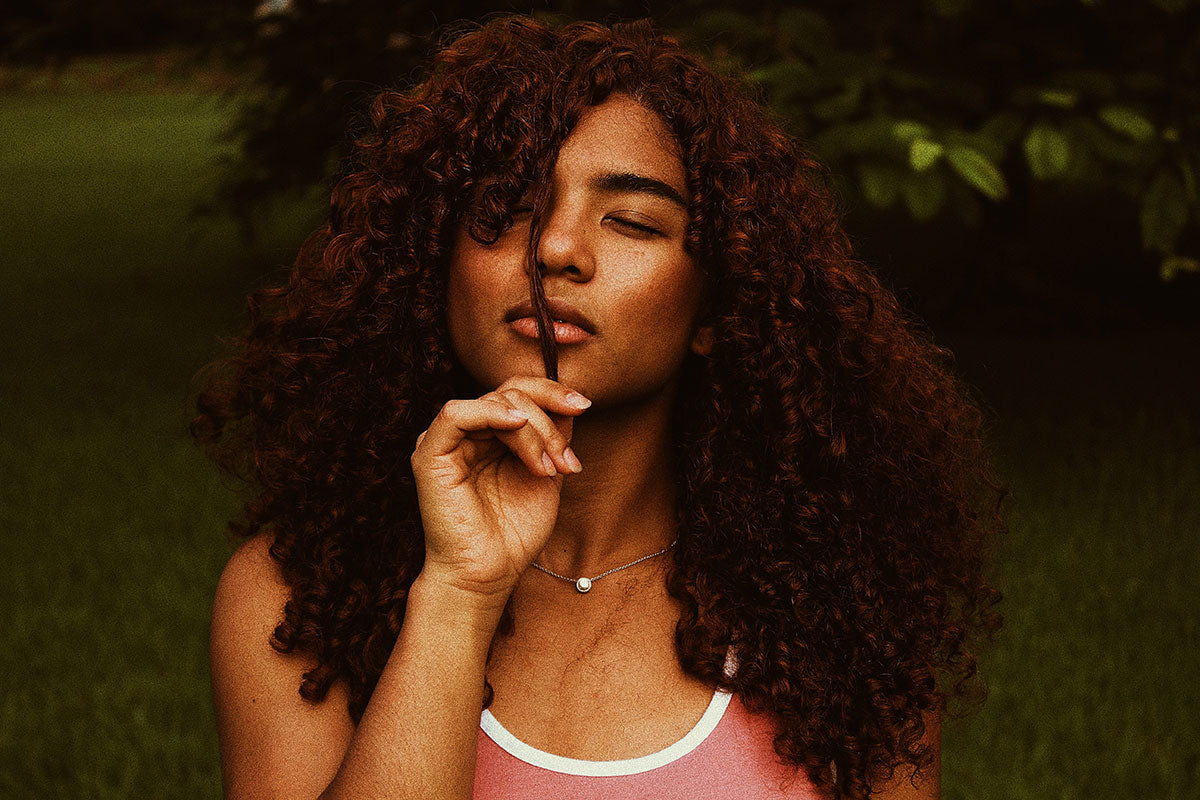Are We on The Cusp of a New Age of Beauty Equality?
If there’s one good thing to come out of the past 12 months it’s the huge push for social justice we’ve seen on multiple fronts, be it gender, sexuality or race. It seems like we’ve had time to reflect on where we are and think about how we’d like to move forward as we return to some form of normality after lockdown.
The tragedies of 2020 have brought these questions into stark focus even more. Over in America, the horrific murders of George Floyd and Breonna Taylor sent shock waves through the county. Whilst around the world, and especially here in the UK, the disproportionate impact of Covid-19 on BAME communities has heightened our consciousness of the long-standing health, social and employment inequalities that exist in our country.
So where does hair stand in all this? For many of us, hair is how we express ourselves. It’s core to our identity and how we present ourselves to the world. It’s also political. For too long, there’s been a disparity between how we treat non-European hair which makes it firmly part of the wider conversation of racial inequality.
And just as we’ve started to sow the seeds of positive social change in 2021, so we’ve started to see a shift in thinking when it comes to textured and curly hair.

The Language We Use
Language has always played its part in social injustice. The words we use and the things we call people can be intentionally weaponised to hurt people but they can also convey deeply ingrained prejudices that we’re less aware of.
In recent years, we have made some positive steps in recognising the importance of language and the need for it to accurately reflect people’s own experiences. In the August 2021 Issue of Hairdressers Journal, this conversation was extended to how we talk about hair.
Speaking to Ann Veck, director of Ann Veck Oxford and Cimone Cheveux, a freelance hairdresser and bridal expert, the article discusses the nuances and differences between the terms “texture,” “afro” and “curly.” The article explores how pigeonholing a person’s hair into a single category like “Afro” or “Curls” perhaps no longer reflects the mixed society we live in. Cheveux explains, “as we are now seeing more and more people in interracial relationships, the texture of hair is even more apparent as different genetics are mixing and coming into play”.
She goes on to explain why understanding this enables her to provide the best possible service for her clients, “I may be working with a variety of textures and knowing that there may be many different types of hair on one head is so important. Knowing and understanding this means I can work with the client’s hair texture and ensure that I get the best outcome possible for the client – and I always find out how they like to style their hair. This is why I prefer to use the terminology textured over Afro.”
But Veck noted that the term texture may be too generic and ultimately it is the client that should have ownership of the terms; I’ll continue to use the term Afro as it is accepted and used by my clients.”

Change in Regulations for Hair Stylists
Being able to understand and respond to different hair types was also the route of another major change just last month.
At the start of July, it was announced that hairdressers must now learn how to cut and style Afro and textured hair as standard thanks to campaigning from the British Beauty Council and the Hair & Beauty Industry Authroity (HABIA). Indeed, it seems crazy that in 2021 someone could be turned away from a mainstream salon because they don’t have Caucasian hair. But that was the reality for many of us and now it’s finally about to change.
Joan Scott, chair of Hair & Beauty Industry Authority (HABIA) recognised this need to reflect the society we live in, "the hair standards have been updated by employers to ensure they reflect current technical developments and meet the needs of the UK’s diverse community”.
The impact this will have on many people’s hair experience cannot be overstated. No longer will we need to go to expensive specialist stylists, travel out of town for a simple cut or feel the embarrassment of having to turn around and walk back out of a salon. The positive influence this will hopefully have on the younger generation’s self-confidence and self-acceptance especially is an exciting thought.

Image copyright of Soul Cap
Soul Cap Sparks Fierce Debate at The Olympics
But of course, for every positive step forward, there is something which reminds us why we’re pushing for change in the first place.
Because as the UK was announcing its plans to reform haircare, the international governing body for swimming was rejecting an application for the Soul Cap to be certified for use at the Tokyo Olympics. But the reaction to the rejection of the cap, which is especially designed to fit over and protect dreadlocks, afros, weaves, hair extensions, braids, and thick textured and curly hair, tells a more positive story.
From the general public to politicians, the backlash provoked by the ban has been huge with many people feeling like it would discourage black people from taking up swimming. Whilst anti-racist members of the European Parliament accused the global sports community, including the International Olympic Committee (IOC), of having "institutional structures and rules that exclude people of colour and Black women specifically."
The result was an apology to Soul Cap from the International Swimming Federation and a promise to review its processes for all future applications. They also encouraged Soul Cap to reapply in the next submission window and offered full support throughout the process.
This might be a small step but it just goes to show what speaking out about injustice can do. The amount of people criticising the ban pushed the conversation to the forefront and attracted the attention of mainstream media which forced a reaction from those in a position of power. It’s clear that there is a climate and general feeling of wanting change.
So, What Next?
All the factors we’ve explored point to the fact that we’re making great strides towards equality and inclusion both in the hair industry and beyond. But we can’t rest our laurels just yet. We’re yet to see how well trainers and stylists will respond to the changes set out by HABIA. And the fate of the Soul Cap will remain unknown until September. There’s clearly still work to be done but we’ve proved that great things happen when we stick together to see things through.



